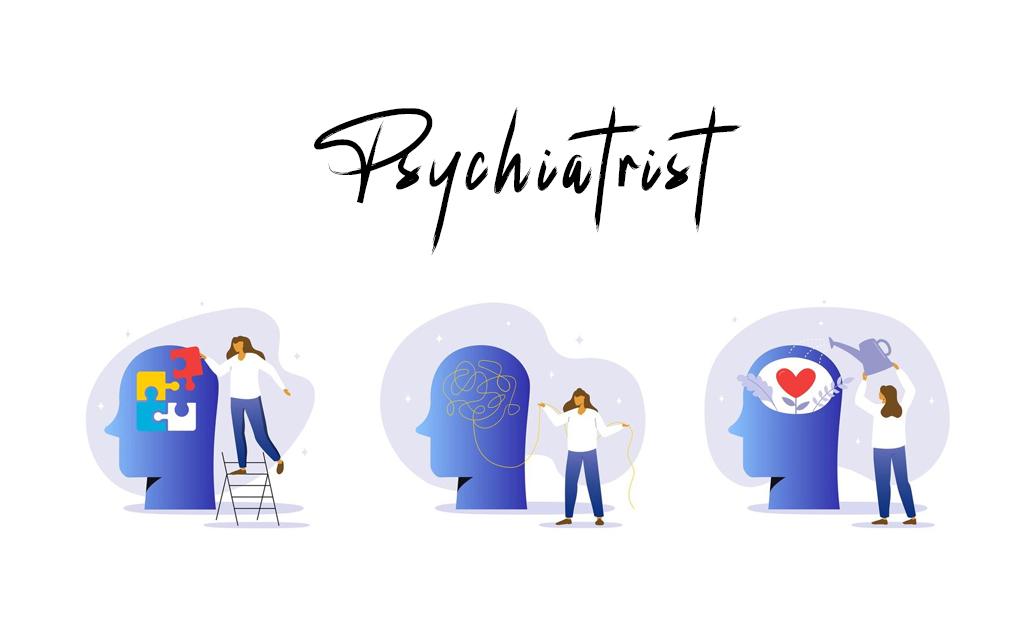Introduction:
Psychotic disorders are a group of mental health conditions that profoundly affect an individual's perception of reality. They involve a complex interplay between the mind and external reality, often leading to distorted thoughts, perceptions, and behaviors. This article delves into the intricacies of psychotic disorders, exploring their causes, symptoms, diagnostic criteria, and available treatments. By gaining a deeper understanding of the complexity of these disorders, we can foster empathy, reduce stigma, and promote effective support and treatment.
Understanding Psychotic Disorders:
Psychotic disorders encompass various conditions, including schizophrenia, schizoaffective disorder, delusional disorder, and substance-induced psychotic disorder. These disorders share common features, such as hallucinations (perceiving things that aren't there) and delusions (strongly held false beliefs). Individuals with psychotic disorders may experience disruptions in their thinking, emotions, and social functioning, significantly impacting their daily lives.
The Mind-Reality Duality:
Psychotic disorders challenge the fundamental relationship between the mind and external reality. They blur the boundaries between what is real and what is perceived, leading to significant distress and confusion. The mind generates subjective experiences, such as hallucinations and delusions, that can override external stimuli and shape an individual's perception of reality. Understanding this duality is crucial for comprehending the complexity of psychotic disorders.
Causes and Risk Factors:
The causes of psychotic disorders are multifactorial, involving a combination of genetic, neurobiological, environmental, and psychosocial factors. Genetic predisposition plays a role, as individuals with a family history of psychotic disorders have an increased risk. Neurochemical imbalances, particularly involving dopamine and serotonin, contribute to the manifestation of symptoms. Environmental factors, such as prenatal complications, early life stress, trauma, and substance abuse, can also influence the development of psychotic disorders.
Symptoms and Diagnostic Criteria:
Psychotic disorders present a range of symptoms that can vary in intensity and duration. Common symptoms include hallucinations (e.g., hearing voices), delusions (e.g., paranoid beliefs), disorganized thinking and speech, social withdrawal, and diminished emotional expression. These symptoms significantly impair an individual's ability to function in various domains of life, including work, relationships, and self-care. Diagnosis involves a comprehensive evaluation by a mental health professional, considering the presence and duration of symptoms and ruling out other potential causes.
Treatment Approaches:
Treatment for psychotic disorders typically involves a combination of medication, psychotherapy, and psychosocial interventions. Antipsychotic medications are commonly prescribed to manage symptoms and stabilize the individual's mental state. Psychotherapy, such as cognitive-behavioral therapy (CBT), can help individuals challenge distorted thoughts, develop coping strategies, and improve functioning. Psychosocial interventions, including family therapy, vocational rehabilitation, and social support networks, are also essential for recovery and long-term management.
Challenges and Impact:
Living with a psychotic disorder can present numerous challenges for individuals and their families. The disruptive nature of symptoms often leads to social isolation, stigma, and difficulties in educational and occupational pursuits. The episodic or chronic nature of these disorders requires ongoing management and support. Additionally, side effects of medications, cognitive impairments, and comorbidities further complicate the treatment and recovery process.
Promoting Understanding and Support:
To support individuals with psychotic disorders, it is crucial to foster understanding and provide appropriate support. Education and awareness campaigns can dispel misconceptions, challenge stereotypes, and promote empathy and acceptance. It is important to create safe spaces for open discussions, encourage help-seeking behaviors, and facilitate access to comprehensive mental health services. Providing resources for family members and caregivers is also vital, as they play a significant role in supporting individuals with psychotic disorders.
Reducing Stigma:
Reducing the stigma surrounding psychotic disorders is essential for creating a supportive and inclusive society. It requires challenging negative stereotypes, promoting accurate information, and advocating for policies that protect the rights and well-being of individuals with mental health conditions. Empathy, compassion, and a willingness to listen without judgment are key to dismantling stigma and fostering an environment of acceptance and support.
Conclusion:
Psychotic disorders represent a complex interplay between the mind and external reality. By understanding the intricacies of these disorders, we can foster empathy, reduce stigma, and promote effective support and treatment. Through education, awareness, and creating a compassionate society, we can empower individuals with psychotic disorders to lead fulfilling lives, supported by understanding communities and comprehensive mental health services. Mind vs. reality becomes a bridge to understanding, compassion, and recovery.
